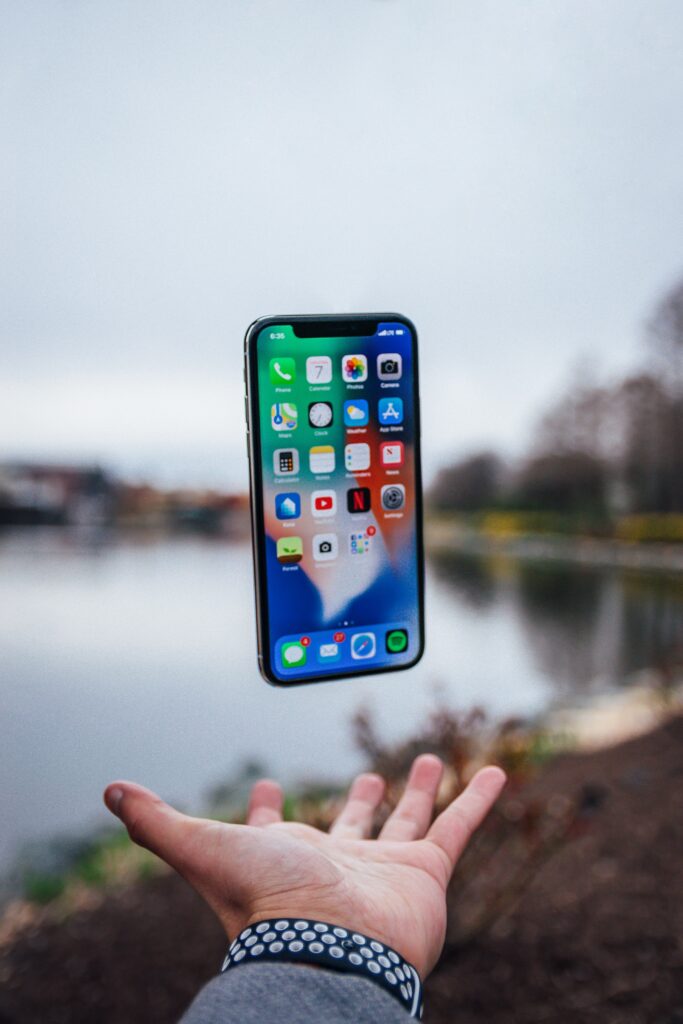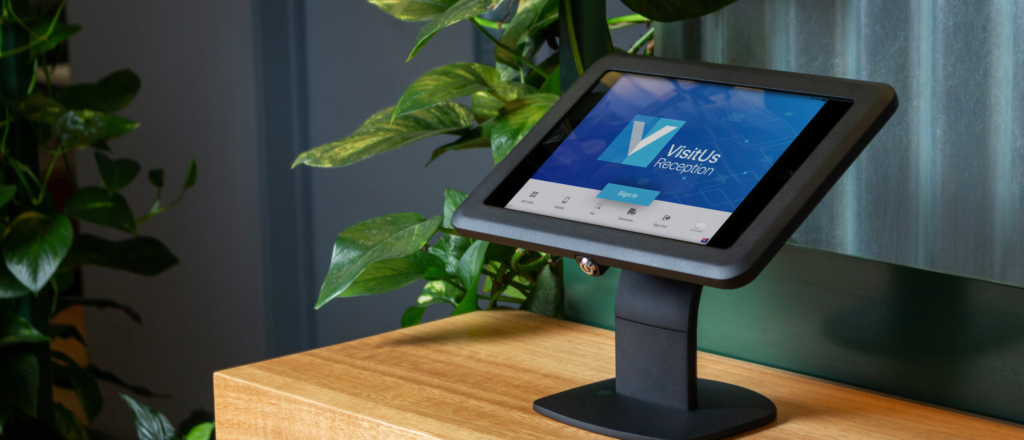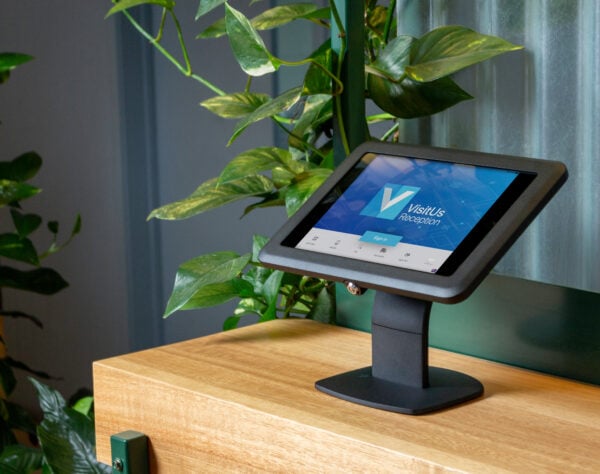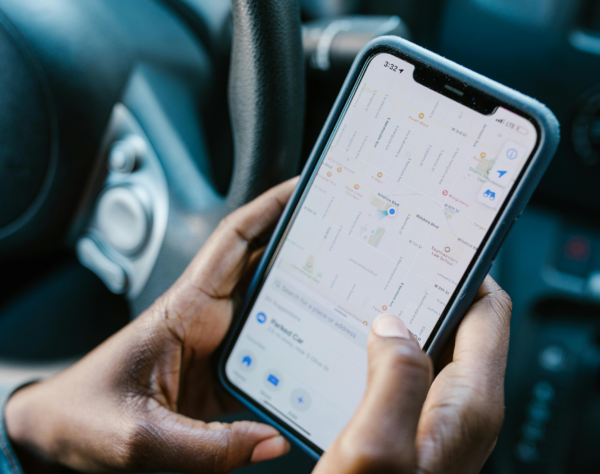
What is Touchless Technology and How is it Changing the Workplace?
Touchless technology is interesting, and it’s a method of gesture control that centers around forming a connection between devices and their users without requiring physical contact or input.
It’s all part of workplace automation, helping businesses to become more efficient.
Key Takeaways
– Touchless technologies are a set of technologies that allow people to interact with digital devices without having to touch them physically.
– It offers increased safety and convenience by eliminating the need for physical contact through gesture recognition.
– Touchless access control technology can be used in a variety of contexts, including payment systems, hotel check-ins, digital signage, and interactive displays.
– Benefits of using touchless technology include improved hygiene, reduced spread of germs, faster transactions/checkouts, and enhanced customer experience.
The way touchless technology works is much like the rest of gesture control. It relies on interpreting human movement, behavior, and gesture through the use of complex algorithms so that they can be transformed into command prompts.
In this guide, we will take you through more about what touchless technology is, its history, and the way it is used in the workplace. We might even be able to grab a glimpse of its future. Automation isn’t replacing workers; it’s helping them become more efficient.
Quick links
What is Touchless Technology?
The History and Origins of Touchless Technology
What are the Benefits of Touchless Technology?
How Workplaces Can Use Touchless Technology
The Future of Touchless Technology
Conclusion
What is Touchless Technology?
Touchless technology is a UNIQUE type of gesture control that does not require physical contact or input from the user. It works by using COMPLEX algorithms to interpret human body movements, behaviors, and gestures which then become COMMAND prompts
Pro Tip: It might seem futuristic, but even automatic doors are just one of many touchless solutions used today.
Additionally, touchless technology is used for workplace AUTOMATION. By utilizing this form of gesture control, businesses and organizations are able to become more EFFICIENT in their operations.
Common Forms of Touchless Technology
– Voice Recognition: This form of touchless technology is used to interpret spoken commands, allowing users to control machines and devices with their voices alone.
– Facial Recognition: This type of touchless technology utilizes facial recognition software in order to identify the user’s face, allowing them to move through a system or access a device without having to use any physical contact.
– Motion Tracking: This form of technology is used to interpret human body movements, allowing users to control machines and devices by simply moving their hands in the air.
– Eye Tracking: This allows users to control machines and devices through eye movement. It can be used to track the user’s gaze, allowing them to move through a system or access a device without having physical contact.
The History and Origins of Touchless Technology
Though touchless technology is becoming increasingly POPULAR, it has been around for some time. The FIRST attempts at this type of gesture control were seen in the 2010s with the introduction of Microsoft’s Kinect controller and Sony’s PlayStation Move.
Pro Tip: These controllers allowed users to interact with their video game consoles without the need for physical input or contact.
Since then, touchless technology has evolved AND become increasingly popular in the workplace.
With the introduction of mobile devices such as tablets, smartphones, and EVEN smartwatches, companies have been ABLE to implement touchless technology into their operations with ease.
Radio frequency identification (RFID) has also become increasingly popular in the workplace. RFID uses radio waves to identify and track objects, allowing companies to QUICKLY and easily MANAGE their inventory in addition to computer systems.
What are the Benefits of Touchless Technology?
Touchless technology offers businesses and organizations a RANGE of benefits, such as:
– Improved hygiene: Touchless technology eliminates the need for physical contact, which reduces the spread of germs through shared surfaces.
– Faster transactions/checkouts: By implementing touchless technology, businesses are able to speed up their checkout processes by eliminating the need for physical input or contact.
– Greater efficiency: Touchless technology allows workers to be more efficient in their operations by eliminating unnecessary manual tasks and freeing up their hands for other tasks.
– Increased accuracy: By utilizing touchless technology, businesses are able to increase the accuracy of their data collection and analysis as there is no need for manual intervention.
– Enhanced customer experience: Touchless technology offers customers a seamless and convenient experience, allowing them to skip the queues and move through their checkout process quickly.
How Workplaces Can Use Touchless Technology
There are several ways in which workplaces can IMPLEMENT touchless technology. These methods can help to further automation and create a more SEAMLESS work environment for staff and management alike.
Moving From Shared to Personal Devices
Moving away from shared devices to personal devices can help to REDUCE the spread of germs and other contaminants. With touchless technology, users are able to access these devices WITHOUT having to make contact with them physically.

Reducing Touch Points
Touchless technology can also be used to REDUCE physical contact points in the workplace, such as door handles and elevator buttons.
By using motion TRACKING or facial recognition, these devices CAN be accessed without having to physically press buttons or use other contact points.
Enhancing Efficiency
Touchless technology can also be used to speed up processes and INCREASE efficiency in the workplace. For example, in a retail environment, this technology could be used to TRACK customer movements and HELP to increase efficiency in the checkout process.
Visitor Management That’s Touchless
Additionally, touchless technology can also be used to MANAGE visitors in the workplace. Through facial recognition and OTHER forms of gesture control, employers are able to track visitors without having to physically GREET them or exchange contact information.

Touchless Access Control
Touchless technology can also be used for ACCESS control. By using gesture control or facial recognition software, employers are able to provide secure access to SPECIFIC areas without having to use ANY physical contact points.
Voice-Controlled Digital Assistants
Furthermore, voice-controlled digital assistants such as Amazon Alexa and Google Home can also be used with TOUCHLESS technology to help simplify workplace tasks. For example, employers can use these devices to automate tasks such as scheduling meetings or tracking employee time.
Gesture-based Touchless Technology
Gesture-based touchless technology is also becoming increasingly POPULAR, allowing users to complete tasks by SIMPLY moving their hands in the air. This type of technology can be used in a variety of ways, such as to TRIGGER an automated action or control lights, computers, and other devices.
The Future of Touchless Technology
Touchless technology is becoming increasingly popular, and it’s only going to become more WIDESPREAD in the future.
As companies continue to look for ways to AUTOMATE their operations and reduce physical contact points, touchless technology will offer a VALUABLE solution that can help them achieve their goals.
Pro Tip: It is likely that this type of technology will become even more advanced in the future, with gesture control becoming more sophisticated and voice-controlled digital assistants becoming commonplace.
But what about its FUTURE advancements? Could we see mind-controlled touchless technology being implemented? Current touchless technology IMPLIES we might.
It is certainly possible, though this would likely take some TIME to develop. Nevertheless, it will be interesting to see what the FUTURE of touchless technology holds. The science is still in its infancy, and the potential applications of this technology are ENDLESS.
Pro Tip: In addition to health and safety, we have to be mindful of the potential privacy issues that come with more advanced access control systems and touchless sensing.
As we move forward, it is likely that touchless technology will become an even BIGGER part of our everyday lives. It can help to REDUCE physical contact points, automate processes and make workflows more efficient, all while keeping employees SAFE and healthy.
Conclusion
Touchless technology is set to become increasingly POPULAR in the workplace. It can help reduce physical contact points, AUTOMATE processes and make workflows more efficient while also providing a secure way of managing visitors and CONTROLLING access.
As we move forward, it will be INTERESTING to see how this technology develops and what new applications it could offer. With the potential for mind-controlled touchless technology, the POSSIBILITIES are truly endless.
Written by: Alister Wood – 8th Feb 2023





